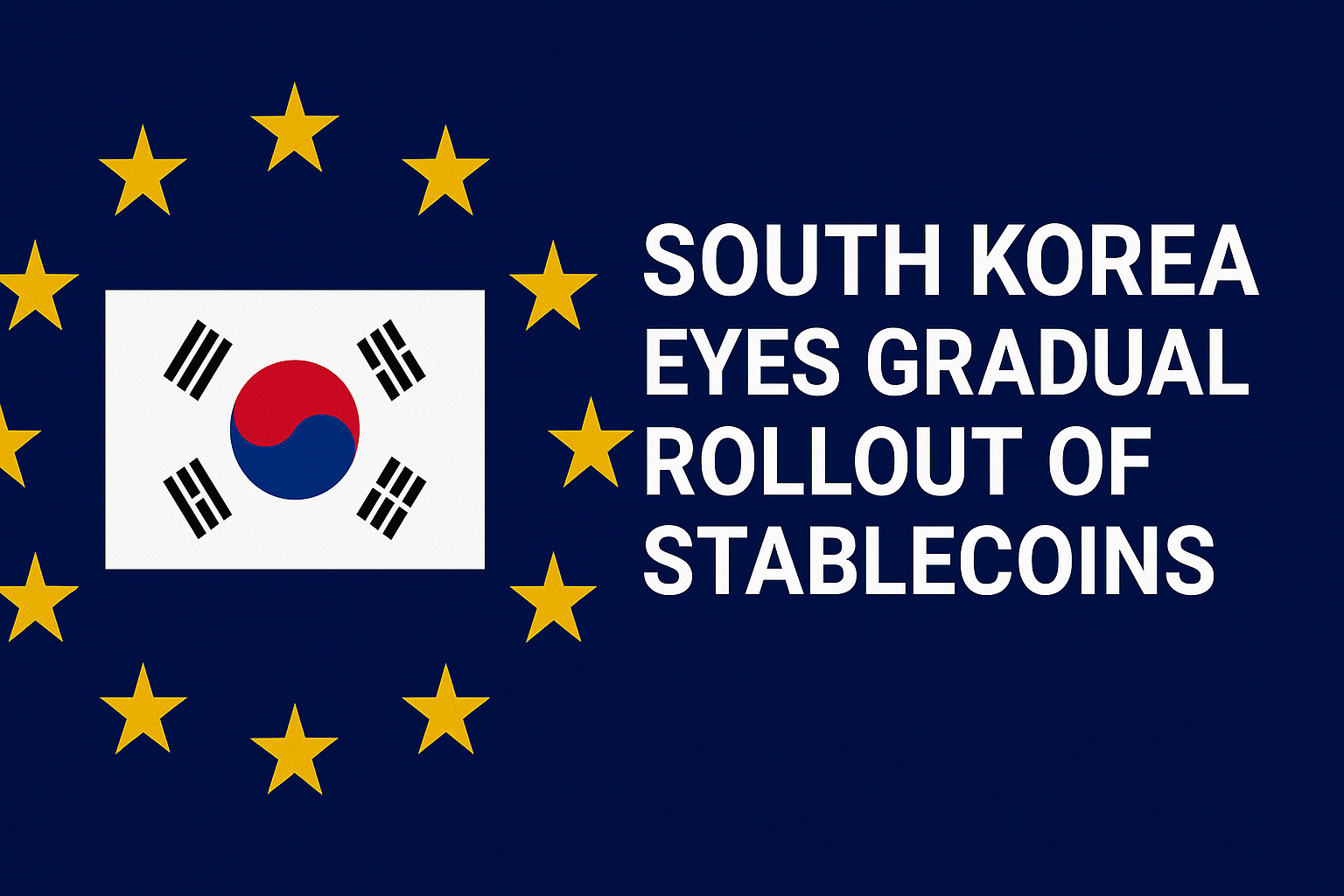South Korea’s central bank has officially confirmed its intention to pursue a phased, cautious rollout of stablecoins, underlining the growing role of tokenized money in global financial infrastructure. The announcement reflects the country’s dual focus on innovation and risk containment—and its readiness to collaborate across borders.
🇰🇷 What the Bank of Korea Is Proposing
Rather than launching a full-scale retail Central Bank Digital Currency (CBDC), the Bank of Korea (BoK) is leaning toward permissioned stablecoins that could eventually serve both domestic and international purposes.
Key elements of the BoK approach include:
- Gradual deployment, beginning with private-sector pilots and sandbox testing
- Cross-border alignment with regulators and technology partners
- A focus on interoperability and compliance, rather than open DeFi integration
🧠 Why This Is Significant
Unlike many central banks rushing into digital currency development, South Korea is:
- Leveraging its robust fintech ecosystem, particularly local e-wallets and payment providers
- Aligning stablecoin efforts with international standards (especially from the Bank for International Settlements and G20)
- Exploring global cooperation for cross-border settlement testing
This cautious, collaborative model could serve as a blueprint for other mid-sized economies.
🚨 Risk Management Comes First
The central bank has repeatedly warned of the risks associated with algorithmic stablecoins and permissionless financial protocols. Its stance reflects lessons learned from:
- The collapse of TerraUSD, which originated in South Korea
- Market volatility and security lapses in unregulated crypto platforms
- Growing concerns over financial surveillance, monetary policy leakage, and AML enforcement
As a result, the BoK emphasizes regulatory control, anti-money laundering integration, and auditable reserves.
🌍 Global Implications
With this move, South Korea:
- Positions itself as a tech-savvy, regulation-forward innovator in digital currency
- Potentially influences the Asia-Pacific region’s digital finance roadmap
- Builds the case for stablecoin-based international settlements, possibly in collaboration with partners like Singapore, Japan, or the EU
🔍 Final Take
South Korea’s stablecoin roadmap offers a compelling alternative to the extremes of unrestricted crypto or centralized CBDCs. It is deliberate, regulated, and globally minded—a welcome contrast to more chaotic rollouts seen elsewhere.
The country’s central bank isn’t just joining the stablecoin race — it’s shaping the rules as it runs. And in a world hungry for both trust and innovation, that may prove to be the winning strategy.



